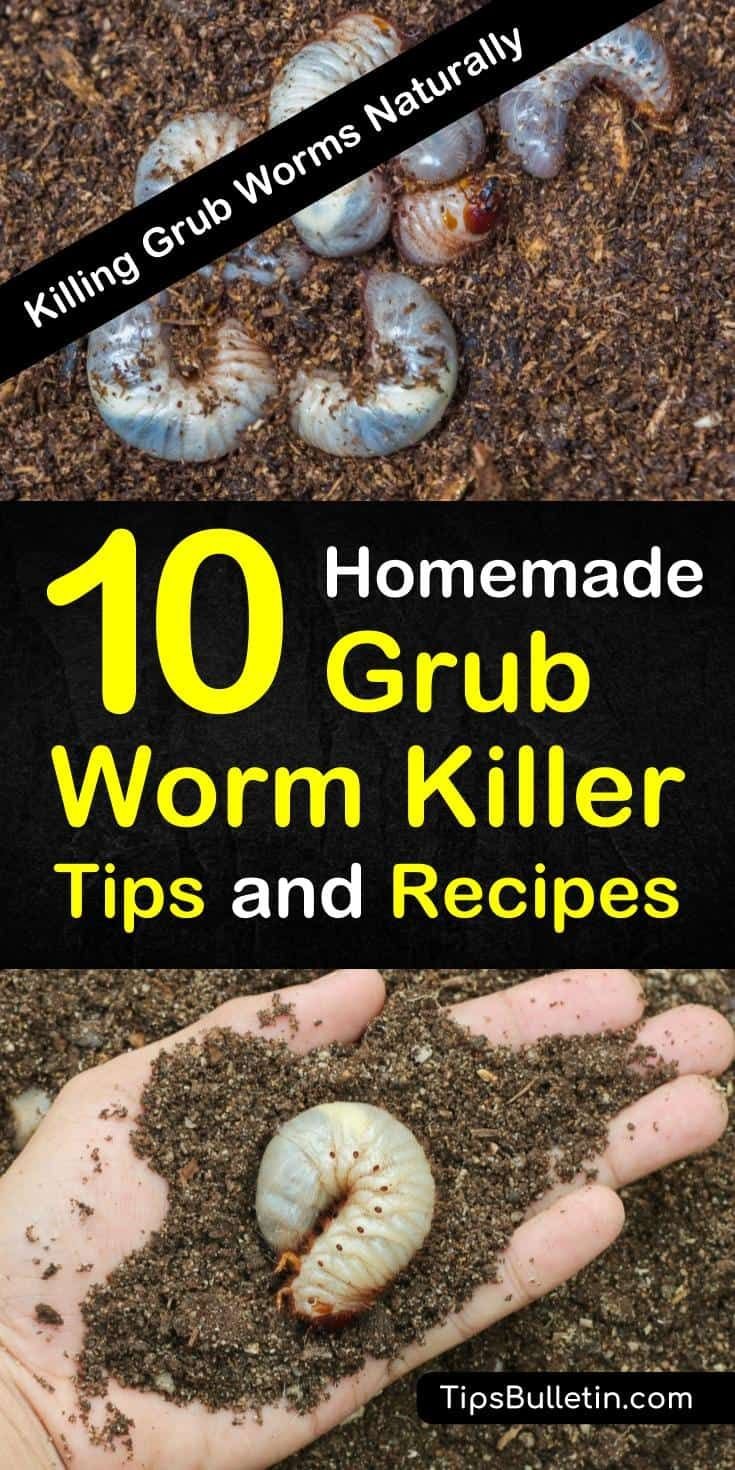
Beneficial fungi, like *Beauveria bassiana* and *Metarhizium anisopliae*, are nature’s way of keeping balance in the ecosystem. They attack and kill grub worms without harming your plants or the environment. Using these fungi is a bit like inviting the right kind of friends to your party—rather than causing chaos, they help keep everything in check. Let’s dig into how you can use these fungi to keep your garden healthy and thriving.
What Are Grub Worms?
Before we dive into how to effectively use beneficial fungi, let’s take a moment to understand what grub worms are. Grub worms are actually the larvae of various beetles, often found munching on the roots of grass and other plants. They can be white or off-white with a soft, C-shaped body, and they tend to thrive in moist, fertile soil.
Here’s the kicker: if you don’t keep them in check, they can cause significant damage to your garden. They feed on roots, leading to brown patches in your lawn or wilting plants. So, if you notice your greenery looking less than vibrant, grubs might be the culprits.
Why Use Beneficial Fungi?
You might be wondering: why should I use beneficial fungi instead of traditional pesticides? Here’s the thing: conventional insecticides can be harmful not just to pests, but to your garden ecosystem, beneficial insects, and even your family and pets.
Beneficial fungi, on the other hand, are a natural solution. They target specific pests without disrupting the entire ecosystem. By using these fungi, you’re not just killing grubs; you’re promoting a healthier environment for beneficial organisms. It’s like having a garden bodyguard that protects your plants while being kind to the rest of the neighborhood.
How Do Beneficial Fungi Work?
Let me explain how these tiny superheroes operate. Beneficial fungi work through a process called *entomopathogenicity*, which is a fancy term for how these fungi attack insects. When a grub comes into contact with the fungal spores, the fungi penetrate its cuticle and invade its tissues.
Once inside, the fungi begin to multiply. This process disrupts the grub’s normal functions, leading to their eventual demise. What’s great about this method is that it doesn’t just kill the existing grubs; it also helps prevent future infestations. Think of it as a preventive strike against the bad guys lurking in your soil.
Choosing the Right Beneficial Fungus
When it comes to selecting the right type of beneficial fungus, you have a few options. The most commonly used ones for tackling grub worms are *Beauveria bassiana* and *Metarhizium anisopliae*.
- Beauveria bassiana: This fungus is effective against a variety of insects, including beetles. It’s safe for your plants and other beneficial insects, making it a top choice for gardeners.
- Metarhizium anisopliae: Known for its effectiveness in reducing grub populations, this fungus also has a broad range of insect targets. It works best in moist environments.
By using these fungi, you’re opting for a solution that’s not only effective but also eco-friendly. Plus, many of these fungi are available at garden centers or online, so you can easily find what you need.
Applying Beneficial Fungi to Your Garden
Now that you have your beneficial fungi, it’s time to put them to work. Here’s a simple step-by-step guide on how to apply them effectively:
1. Choose the Right Time: It’s best to apply beneficial fungi when soil temperatures are warm, typically in late spring or early summer, when grub populations are at their peak.
2. Prepare the Soil: Lightly water the area you’ll treat. This helps create a suitable environment for the fungi to thrive.
3. Mix the Fungi: Follow the instructions on your product to mix the beneficial fungi with water for application.
4. Apply Evenly: Use a sprayer or watering can to evenly distribute the mixture across the affected areas. Make sure to cover any areas where you’ve noticed grub damage.
5. Reapply as Needed: Depending on the product, you may need to reapply every few weeks or after heavy rain. Check the specific instructions for best results.
By applying beneficial fungi in this manner, you can create an inhospitable environment for grubs while protecting your plants.
Complementary Natural Methods
While beneficial fungi are a fantastic solution, you might want to consider pairing them with other natural methods for a more comprehensive approach. Here are some ideas:
- Beneficial Nematodes: These microscopic roundworms can also target grub worms and are safe for your other plants.
- Companion Planting: Some plants naturally repel grubs. Consider planting marigolds or garlic in your garden.
- Regular Lawn Maintenance: Keeping your grass healthy through regular mowing and watering can deter pests.
By combining these methods with beneficial fungi, you’re creating a multi-layered defense for your garden.
Monitoring Your Garden’s Health
After applying beneficial fungi, it’s essential to monitor your garden’s progress. Keep an eye out for any changes in the soil or plant health. If you notice improvements, you’re likely on the right track!
You might see a decrease in grub activity as well as healthier-looking plants. It’s all about patience and observation. If things aren’t improving, don’t hesitate to reapply the fungi or consider other complementary measures.
Final Thoughts
Using beneficial fungi to kill grub worms naturally is an effective and eco-friendly way to promote a healthy garden. By understanding how these fungi work and applying them thoughtfully, you can protect your plants while nurturing your soil.
This natural solution not only tackles the immediate problem but also supports the overall health of your garden ecosystem. So, the next time you’re sipping coffee and pondering your garden woes, remember: nature has its own superheroes ready to lend a hand! With a little patience and care, you can transform your garden into a thriving paradise. Happy gardening!

